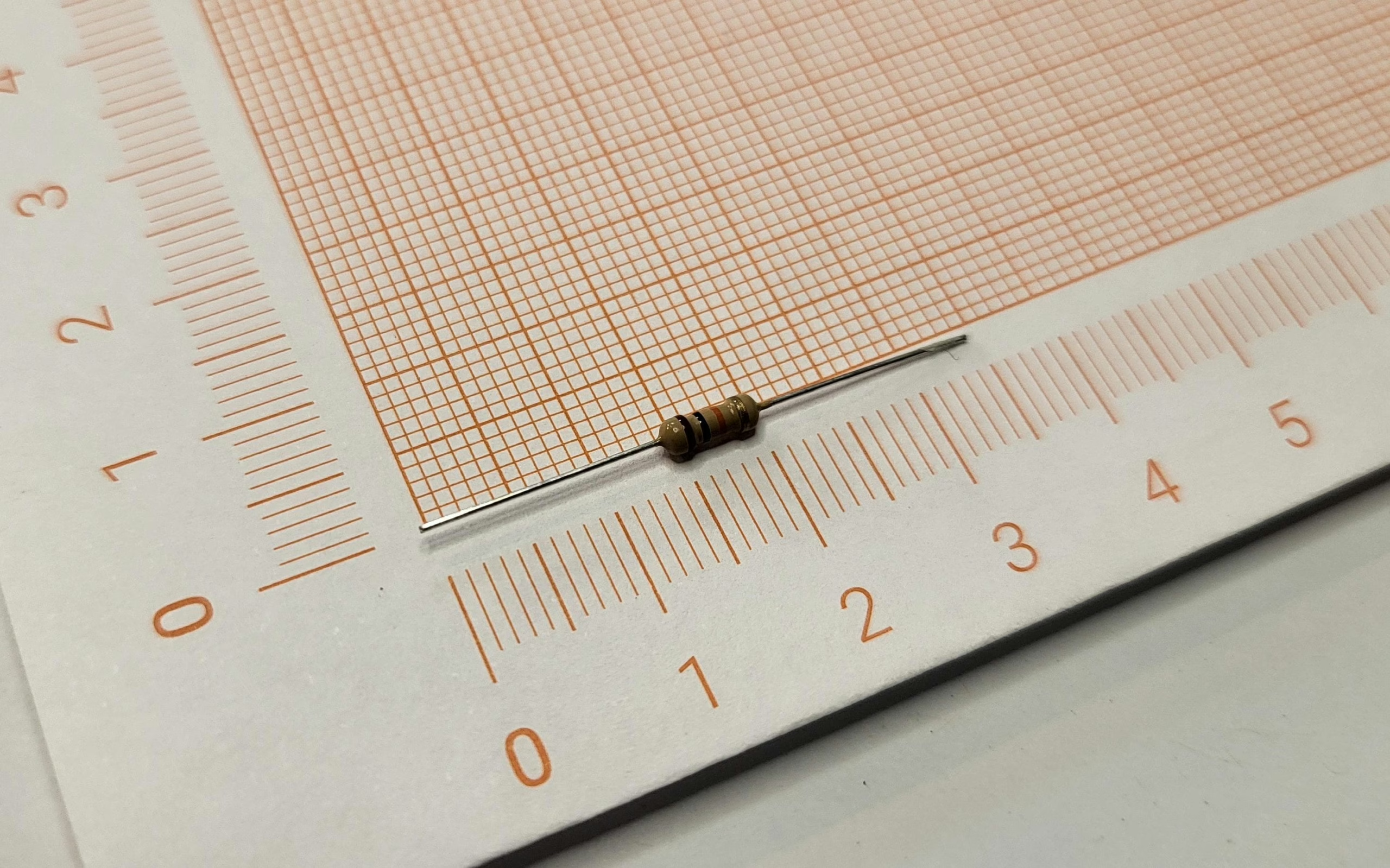What is a pull-down resistor?
-
29. May 2025
What is a pull-down resistor? Simply explained with an example
You've already heard about the pull-up resistor - now it's time for its counterpart. It also ensures that digital inputs work properly - just the other way round.
Why do you need a pull-down resistor?
A pull-down resistor ensures that a digital input is kept low (0 V) at rest.
Without it, the input “floats” - it can randomly jump to high or low. malfunctions, unwanted triggers or flickering LEDs.
Practical example:
A push-button switches against the supply voltage (e.g. 5 V). So that the input does not hang in the air, the pull-down resistor pulls it to ground.

Button open → Pull-down keeps the input safely at 0 V (low)
Button pressed → Input is pulled to 5 V (High)
Typical resistance values
10 kΩ is a good starting value
4.7 kΩ or 1 kΩ also possible - depending on the signal level and interference environment
Not too large → otherwise too high impedance (susceptible to interference)
Not too small → otherwise unnecessary power consumption
Differences to pull-up resistors
| Characteristic | Pull-Up | Pull-Down |
|---|---|---|
| Idle state | High (z. B. 3.3 V / 5 V) | Low (0 V) |
| Is pressed/active | pulled to low | pulled to High |
| Button switches to... | GND | Supply voltage (Vcc) |
| Internal resistance? | Yes, available for many MCUs | Rather rare |
With microcontrollers such as Arduino, you can often activate pull-ups via software - but you have to plan pull-downs yourself as a component!
When to pull down - when to pull up?
Both have their place:
If your button switches to ground → Pull-up
If your button switches against the supply voltage → pull-down
Both variants work - the only important thing is to never let the input “float”.
Conclusion
A pull-down resistor ensures clear logic levels - and protects against chaotic behavior with digital inputs. Simple, effective and often overlooked - but indispensable for reliable circuits.
For the article on pull-up resistors click here.

